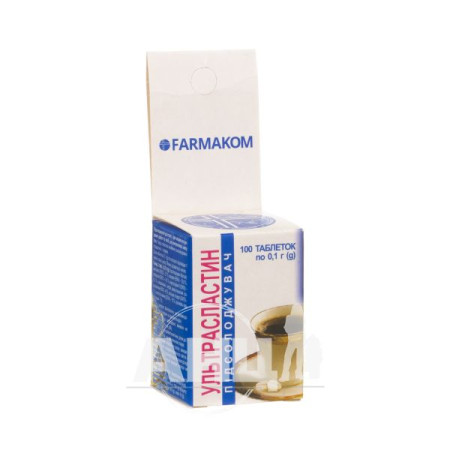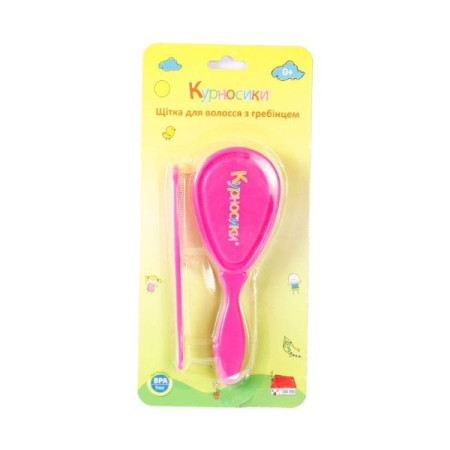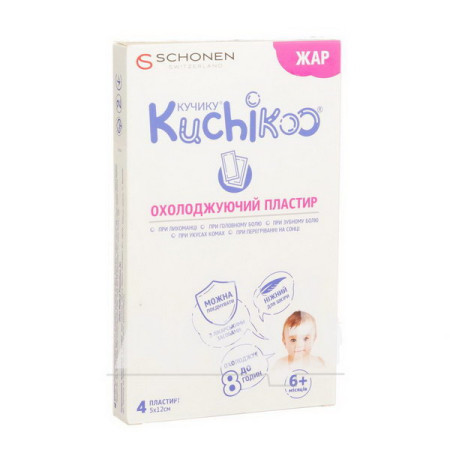Nexetin hard enteric-coated capsules 40 mg blister No. 28

The drug "Nexetin" is used to treat moderate to severe stress urinary incontinence in women. The drug is prescribed to adults.
Composition
The active substance is duloxetine (one capsule contains duloxetine hydrochloride equivalent to 40 mg of duloxetine).
Excipients: spherical sugar (neutral pellets), hypromellose, sucrose, talc, triethyl citrate, hypromellose acetate succinate, concentrated ammonia solution, Opadry White 02A28361 coating: hypromellose, titanium dioxide (E 171), talc; capsule composition: gelatin, indigo carmine (E 132), red iron oxide (E 172), yellow iron oxide (E 172), titanium dioxide (E 171).
Contraindication
hypersensitivity to duloxetine or to any of the excipients of the drug; simultaneous use with fluvoxamine, ciprofloxacin or enoxacin (strong CYP1A2 inhibitors) - due to increased plasma concentrations of duloxetine; end-stage renal failure (creatinine clearance <30 ml/minute); unstable arterial hypertension, which can provoke a hypertensive crisis; simultaneous use with non-selective irreversible MAO inhibitors (MAOIs) and use of duloxetine for at least 14 days after discontinuation of treatment with MAO inhibitors; given the half-life of duloxetine, MAO inhibitors should not be used for at least 5 days after discontinuation of treatment with duloxetine; liver disease, this may lead to liver failure; contraindicated in children due to insufficient data on the safety and efficacy of duloxetine in this age group of patients.Method of application
The recommended dose is 40 mg twice daily, with or without food. After 2-4 weeks of treatment, patients should be re-evaluated to assess the effectiveness of therapy. Some patients may experience improvement at the beginning of treatment with 20 mg twice daily for 2 weeks before the dose is increased to the recommended dose of 40 mg twice daily. Increasing the dose may reduce the risk of nausea and dizziness.
You can also use capsules with a dosage of 20 mg.
Combining the drug with pelvic floor muscle training may be more effective than treatment with duloxetine alone. It is recommended to consider a pelvic floor training program.
The drug should not be prescribed to patients with liver disease.
No dose adjustment is required for patients with mild to moderate renal impairment (creatinine clearance 30 to 80 ml/minute). Use in patients with end-stage renal failure (creatinine clearance <30 ml/minute) is contraindicated.
It should be used with caution in elderly patients.
Withdrawal symptoms are quite common, especially when treatment is stopped abruptly. Treatment should be discontinued over a period of at least 2 weeks by gradually reducing the dose.
Application features
Pregnant women
Studies on the use of duloxetine in pregnant women have not been conducted, so the drug is not prescribed during pregnancy. As with other serotonergic drugs, withdrawal symptoms may occur in infants if the mother used duloxetine before delivery. Symptoms of withdrawal syndrome include orthostatic hypotension, tremor, hyperexcitability, difficulty swallowing, sucking, respiratory disorders, epileptic seizures. In most cases, these symptoms were observed immediately after birth or within the first few days of life. Women should be advised to inform their doctor if they become pregnant or plan to become pregnant while taking duloxetine. Use of the drug during pregnancy is recommended only if the expected benefit to the pregnant woman outweighs the potential risk to the fetus.
Breastfeeding while taking duloxetine is not recommended.
Children
The safety and efficacy of duloxetine in children (under 18 years of age) have not been studied, so it should not be prescribed to this age group of patients.
Drivers
During treatment, sedation and dizziness may occur, so patients should refrain from potentially dangerous activities that require increased attention and quick reactions.
Overdose
Data on overdose with duloxetine are limited. There have been reports of cases of taking large doses (up to 5400 mg) of duloxetine. Fatalities have been reported with the drug in combination with other drugs or with duloxetine alone at a dose of about 1000 mg. Symptoms of overdose (with other drugs or with duloxetine alone) included drowsiness, coma, serotonin syndrome, seizures, vomiting, and tachycardia.
No specific antidotes are known. If serotonin syndrome occurs, specific treatment is necessary (use of cyproheptadine and/or temperature control). Airway patency should be checked. Monitoring of cardiac activity and vital signs is recommended, together with appropriate symptomatic and supportive measures. Gastric lavage may be appropriate if performed immediately after ingestion or for symptomatic purposes. Activated charcoal reduces the absorption of the drug. Duloxetine has a large volume of distribution in the body, and forced diuresis, hemoperfusion, and exchange perfusion are unlikely to be useful.
Side effects
According to research data, the most common side effects were nausea, dry mouth, fatigue, and constipation.
Storage conditions
Store in the original packaging at a temperature not exceeding 25 °C, out of the reach of children.
Shelf life - 2 years.
There are no reviews for this product.
There are no reviews for this product, be the first to leave your review.
No questions about this product, be the first and ask your question.










